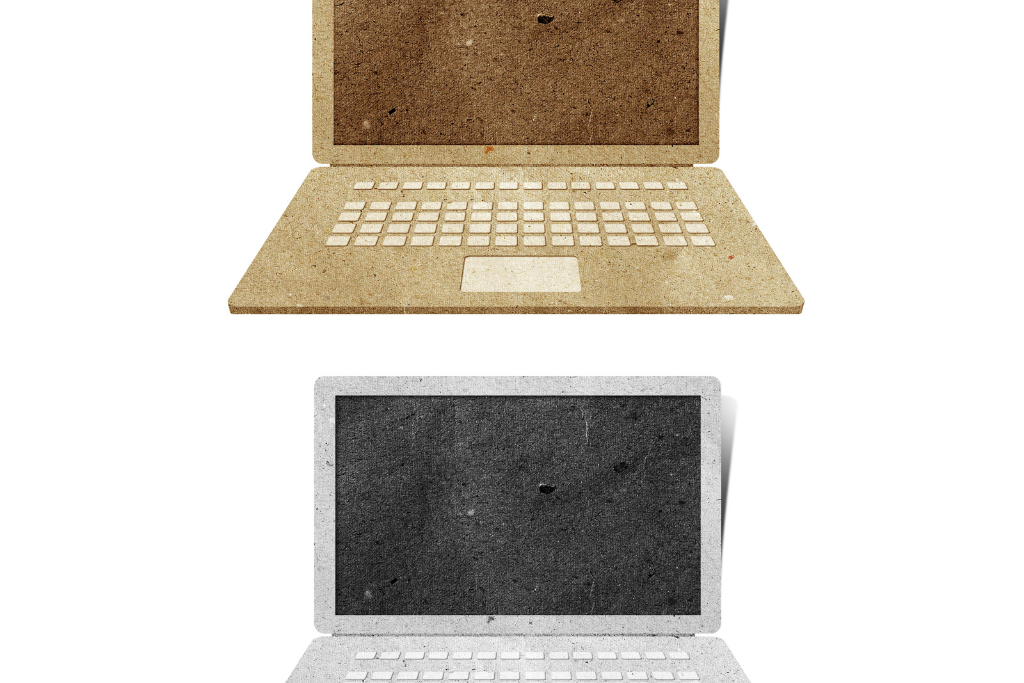The surge in technological advancements has made smartphones indispensable. However, older models often become electronic waste as we embrace newer models. Recycling cellphones and smartphones are not just a responsibility but a necessity. Let’s delve deep into smartphone recycling, understanding its significance, and exploring how to do it right.
Key Takeaways:
- Data Safety: Always back up your data before recycling and perform a factory reset.
- Manufacturer and Carrier Programs: Many brands offer trade-in or recycling benefits.
- Local Recycling Centers: Use dedicated e-waste centers to dispose of unusable phones.
- Donation: Operational phones can be donated to charitable causes.
- Environment Impact: Effective recycling recovers valuable materials and reduces e-waste.
Smartphone Recycling: The Basics
Brands and Types
- Apple, Samsung, HTC, Windows, and Blackberry are among the top brands in the smartphone industry.

Data Risk Potential
- Smartphones contain personal and sensitive data. The risk potential is high when not handled properly.
End of Life Recycling Process
Smartphones undergo a manual disassembly for commodity recovery. This meticulous process ensures that all recyclable components are extracted and reused.
Environmental and Health Hazards
The main hazard from smartphones is their embedded batteries, which need specific disposal techniques to prevent environmental harm.
Did You Know?
An average smartphone has a considerable amount of gold and silver. Recycling helps retrieve these valuable materials.
The Importance of Recycling Old Smartphones
By recycling old smartphones, we significantly reduce the strain on natural resources. Precious metals and components are reused, thus minimizing the need for new extraction. Moreover, responsible recycling ensures harmful elements don’t end up in our environment.
Where Can I Recycle Smartphones Near Me?
Finding a local e-waste center is easier than ever. Platforms like Earth911 provide directories for responsible e-waste disposal. These centers ensure materials are handled safely, adhering to environmental standards.
How Does the Recycling Process Work?
Smartphones are intricate devices, and the recycling smartphones process is detailed. It begins with manual disassembly, followed by the extraction of precious metals. Hazardous materials, like embedded batteries, are treated with care to ensure no harm to the environment.

Recycling Trends: The Bigger Picture
As technology continues evolving, recycling trends of smartphones are seeing positive shifts. More individuals and corporations are realizing the environmental benefits of responsible e-waste management, leading to increased recycling rates globally.
Frequently Asked Questions
1. Can I sell my smartphone instead of recycling it?
Yes, if your smartphone is still functional, selling or donating can be an excellent option. It extends the device’s lifespan and reduces waste.
2. Are all components of smartphones recyclable?
While most parts of smartphones are recyclable, some may not be due to their composition or degradation over time.
3. What happens to my data during the recycling process?
Most reputable recycling centers ensure that all data is securely wiped off. However, it’s advisable to back-up and factory reset your phone before recycling.
In conclusion, Recycling Cellphones, Smartphones is an eco-friendly approach with economic and environmental benefits. It’s a collective responsibility to ensure that we do so sustainably as we march towards a technologically advanced future.
